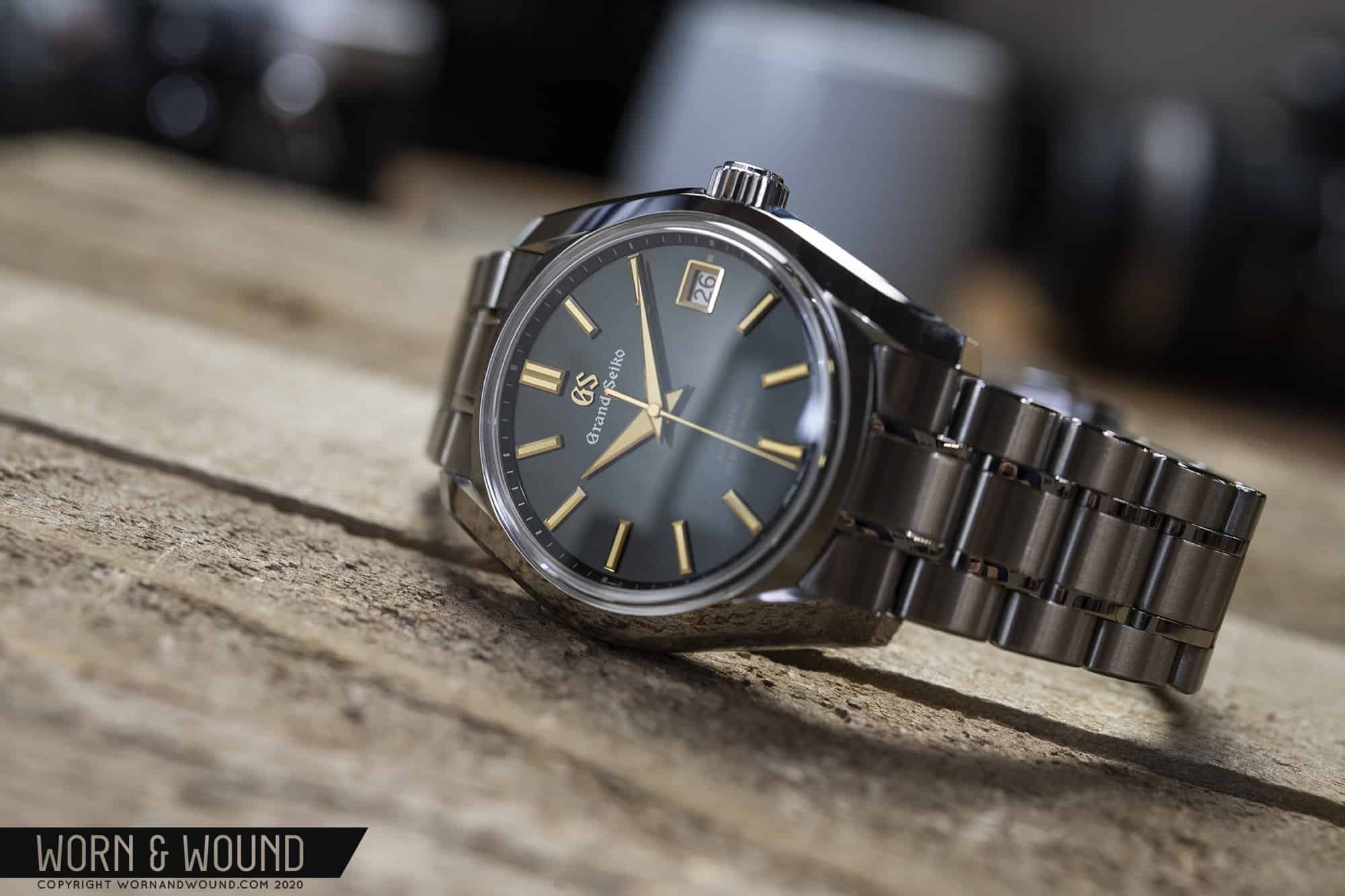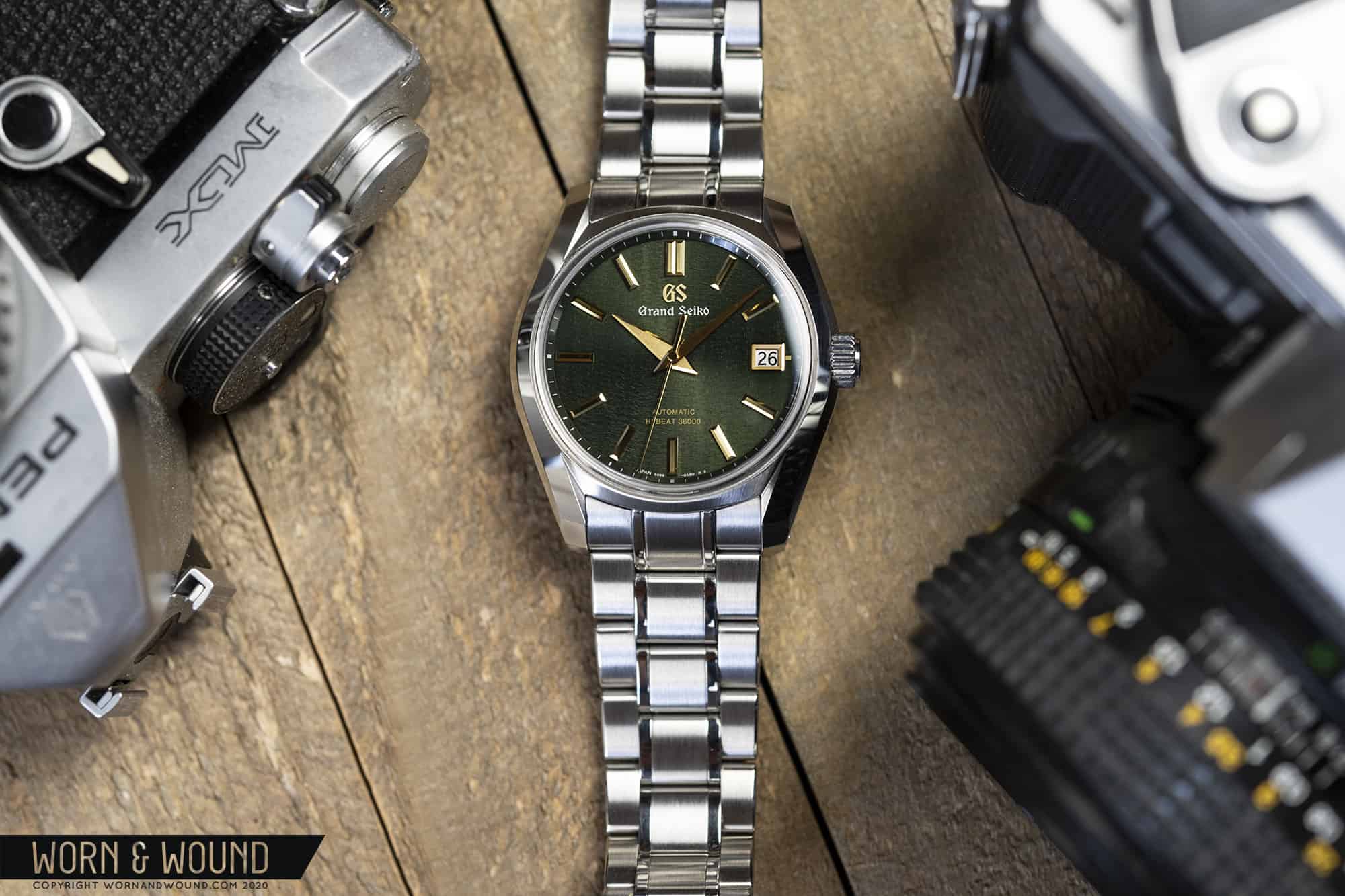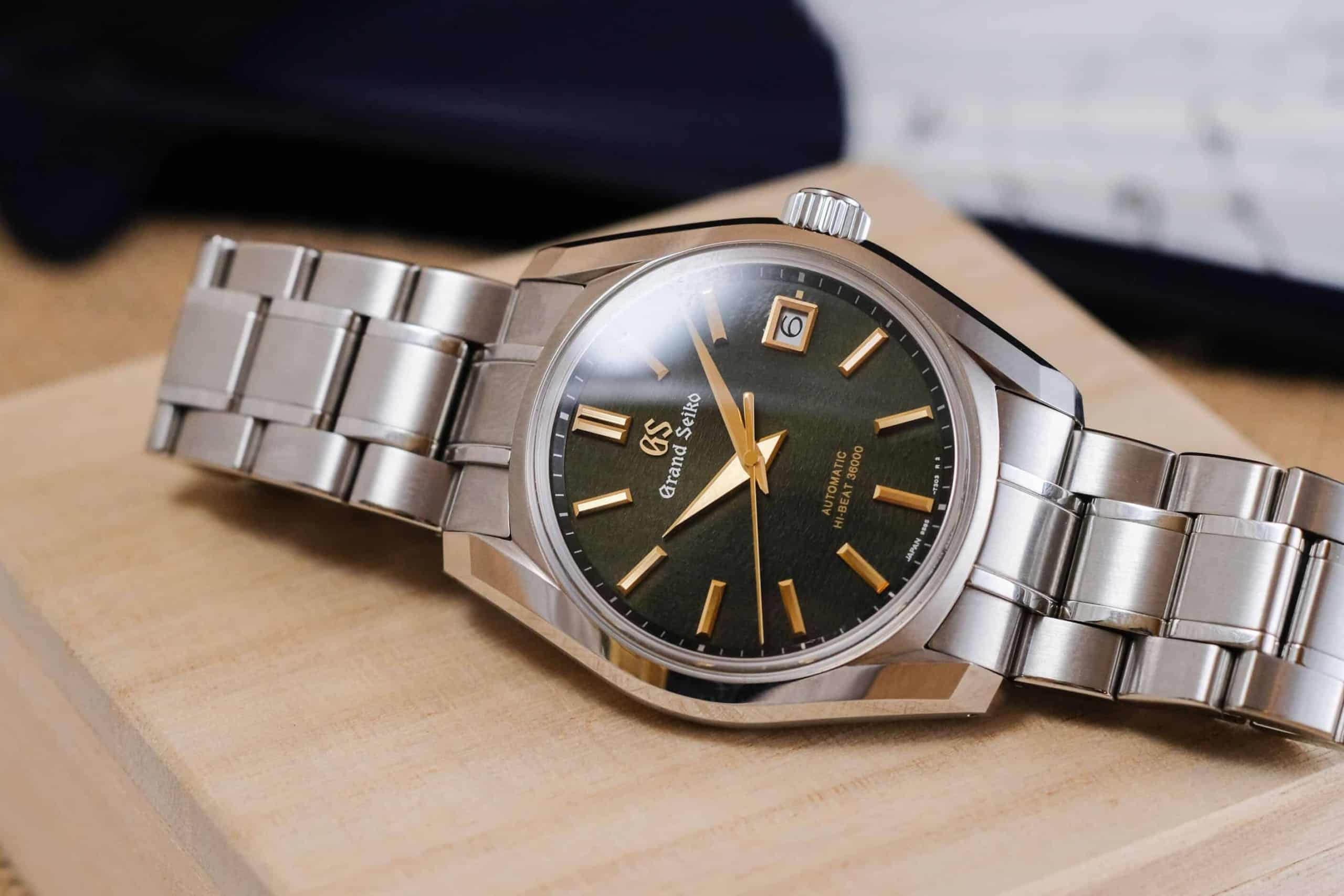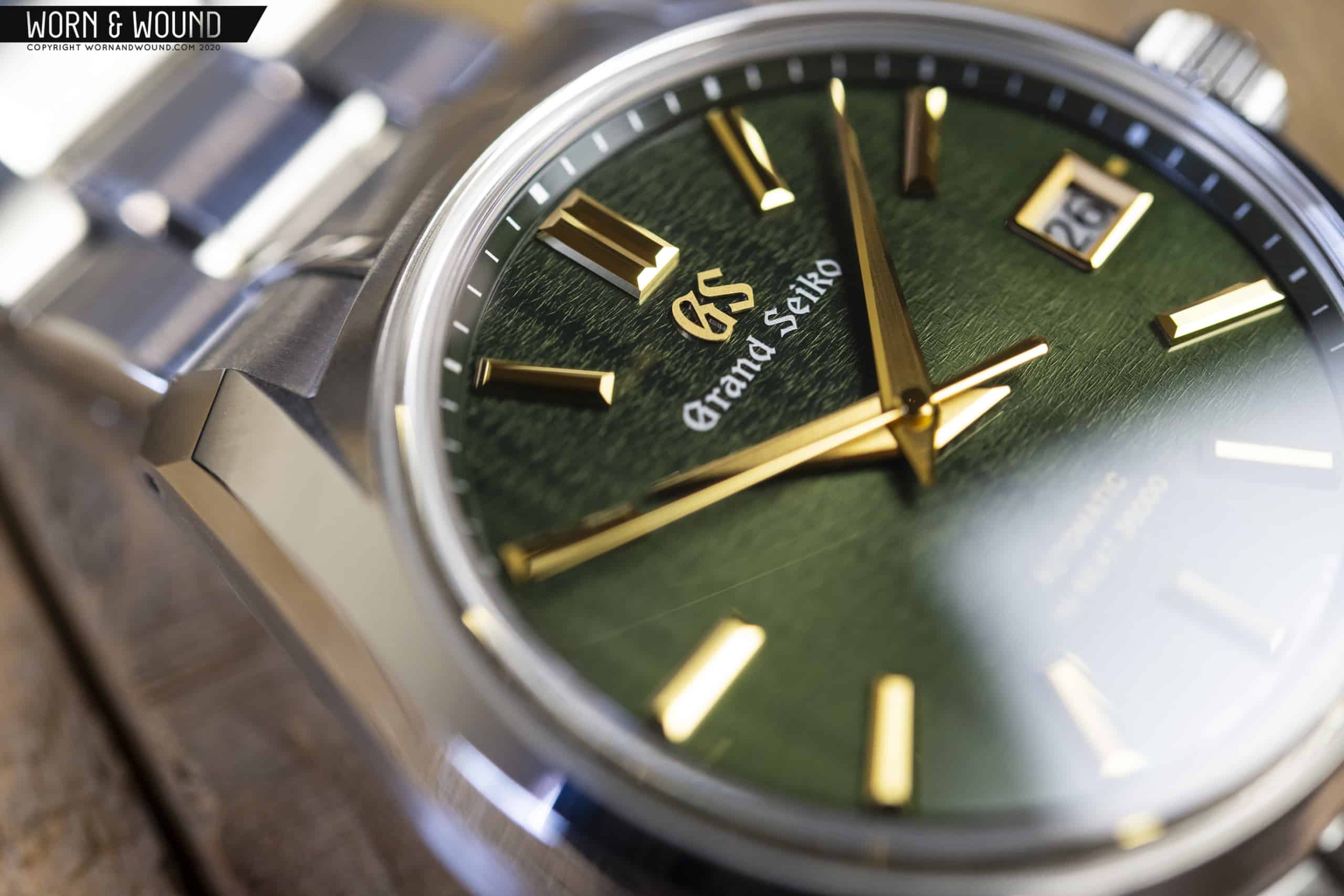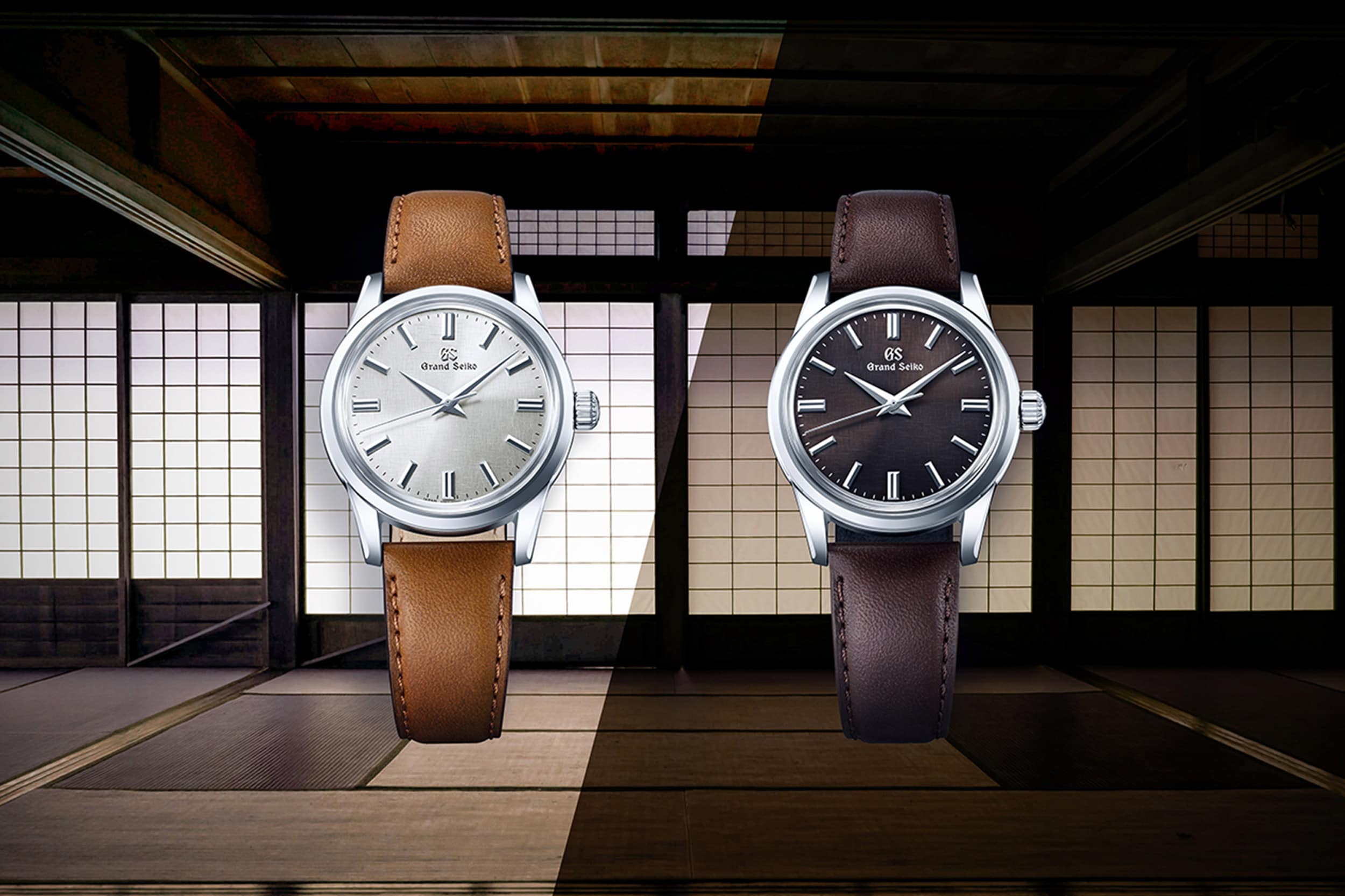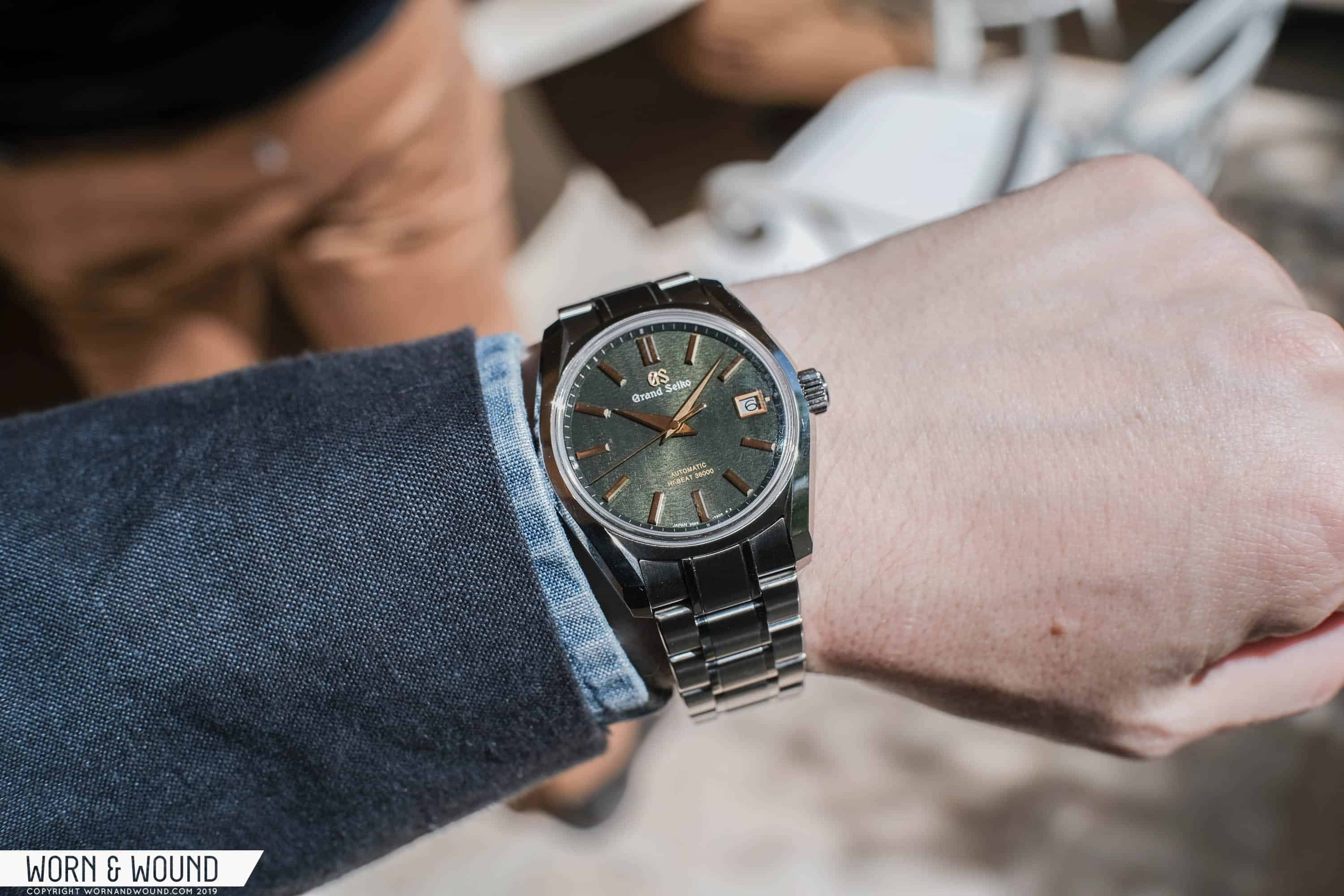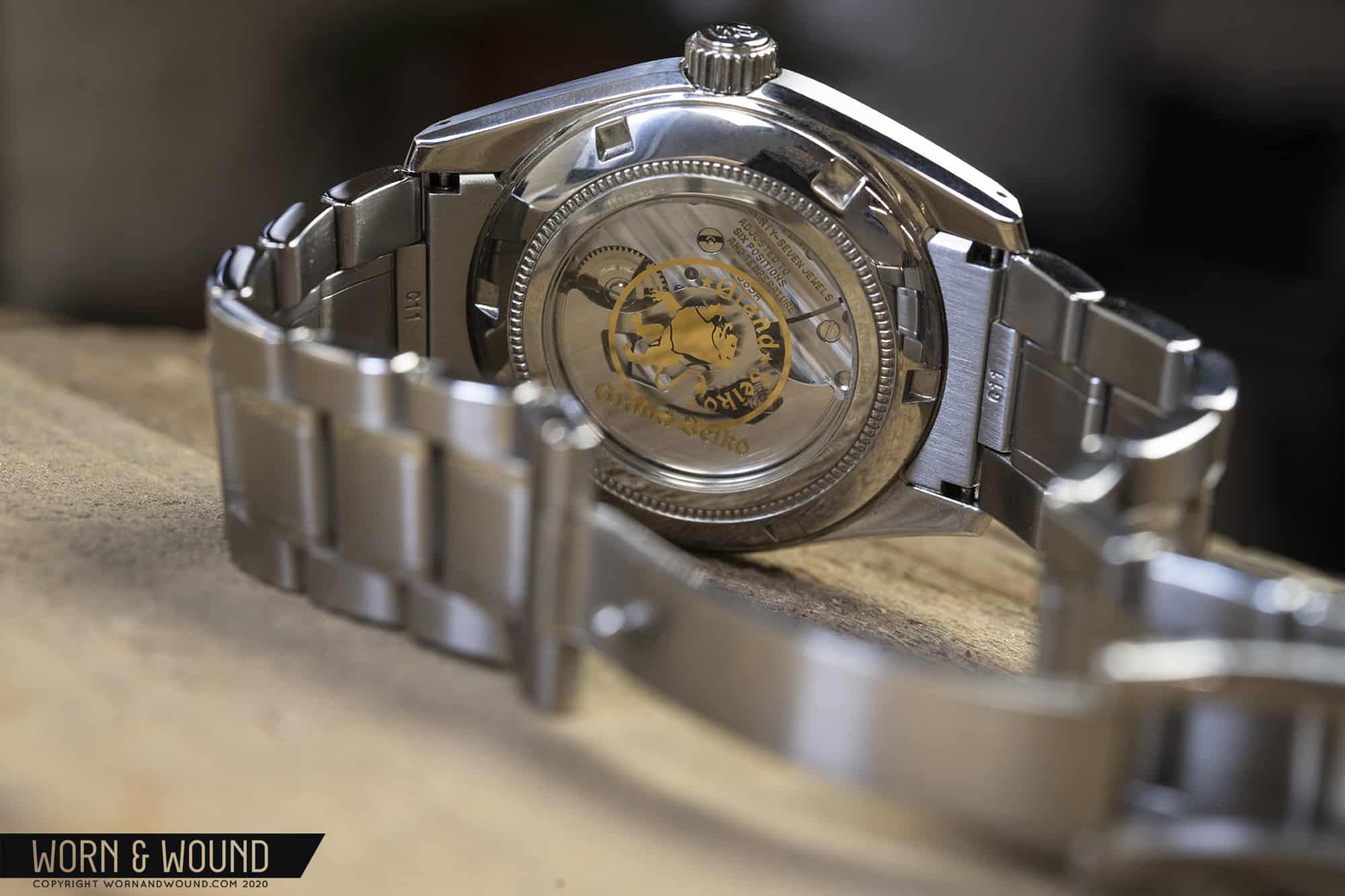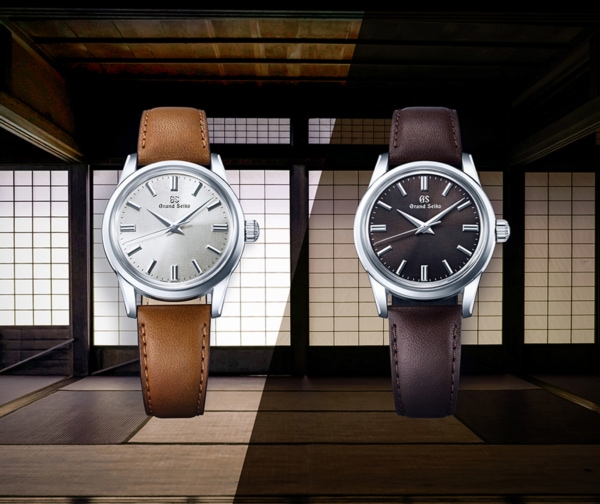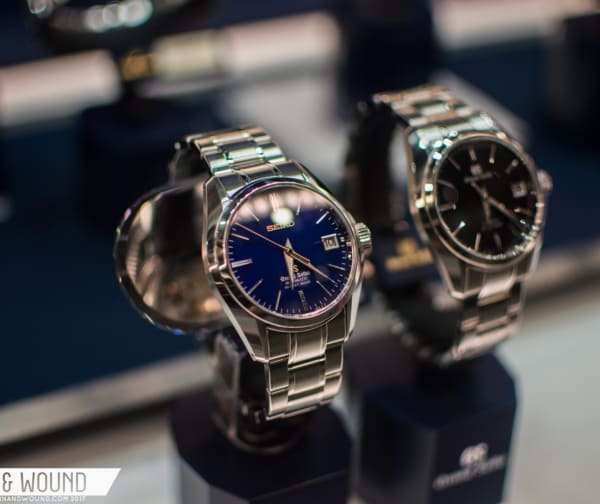From a collector’s point of view, it’s easy to see why you’d feel slighted if a once limited watch that was perhaps tough to acquire suddenly became more widely available. Watches are tools, historical artifacts, little pieces of art, and many other things, but they’re also most certainly trophies, at least in certain collecting contexts. Imagine searching for years for a long forgotten limited edition released only in a far flung corner of the world, finding it, and then reading that this very watch is about to see an unlimited, world wide release. You can take the idea of value and monetary appreciation out of the equation entirely – it would be a bummer to any collector to see their labor, research, and what was surely quick attention to their WatchRecon alerts be dashed away somewhat arbitrarily by corporate watch overlords.
Maybe it was strange, then, that I didn’t feel any of those things when I read about the wide availability of my SBGH271, as well as the other seasonal dials that have been on the market for a full two years at this point. For one, these watches have never seemed that tough to get. They’re allegedly limited production, but they pop up for sale on the secondary market frequently. And r/watchexchange and the like don’t have any of the restrictions on international sales that you’re likely to find with an authorized dealer. You just need to find a seller with the intestinal fortitude to ship a package internationally. (Pro tip: always insure international shipments to the greatest degree possible).
![]()
What’s more pertinent though is that my attitude to the watch itself, over the course of my two years of ownership, has evolved considerably. If at one time I thought it was cool to have something that watch lovers in Europe, Asia, or other parts of the world might have a slightly more difficult time obtaining (which, yuck, what a terrible attitude), the watch has now reached “constant companion” status, and is simply a part of my daily life. It has scratches, hasn’t felt new in a long time, and is the watch I’m most accustomed to seeing when I check the time. Any real or perceived exclusivity simply doesn’t factor into my experience of it on a daily basis. Its once exclusive nature has been relegated to a mere curiosity.
![]()
The bottom line is that the novelty of a hard to get watch wears off quickly when you simply wear it. It’s a simple idea that we preach frequently here, but it bears repeating whenever limited release hype floods our social media channels: watches are meant to be worn! Followers of my increasingly dull Instagram feed and listeners of the ever improving Worn & Wound podcast know that my regular wrist checks, more often than not, feature the SBGH271, and I can say with certainty that wearing it frequently brings me a lot more joy and satisfaction than thinking about it as a rare or difficult to obtain object. And while the collector in me certainly appreciates a collection full of unique watches that speak to my own individual taste and journey through this strange hobby, it’s hard to be mad at the idea that more people will now have easier access to something that’s brought a smile to my face more times than I can count over the last two years. There’s enough gatekeeping in the watch world as it is.
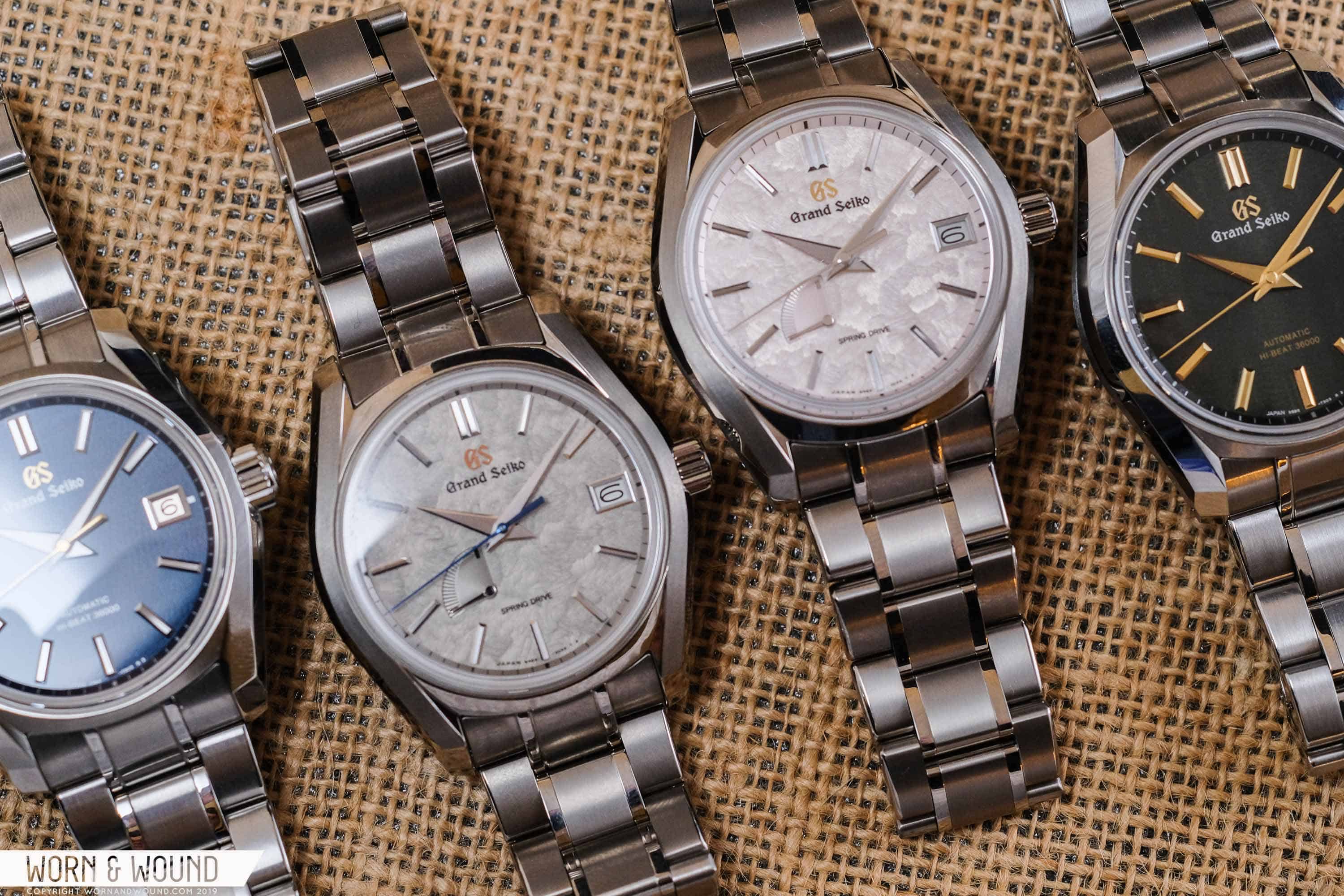









 Featured Videos
Featured Videos




